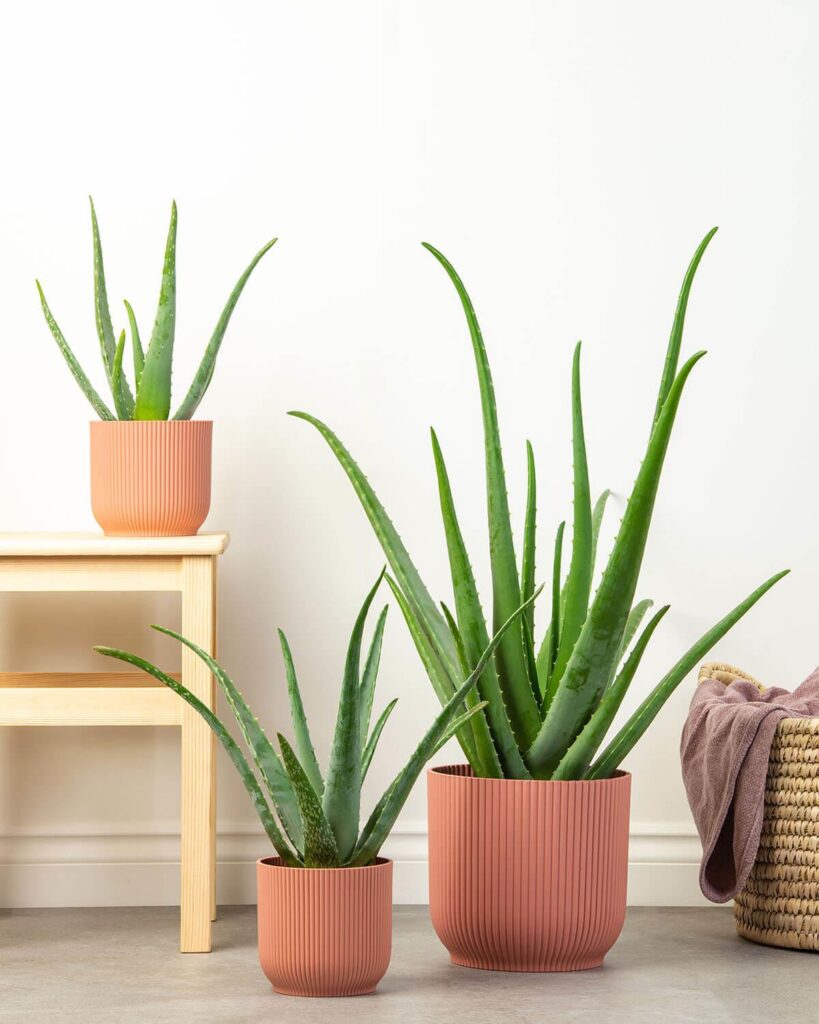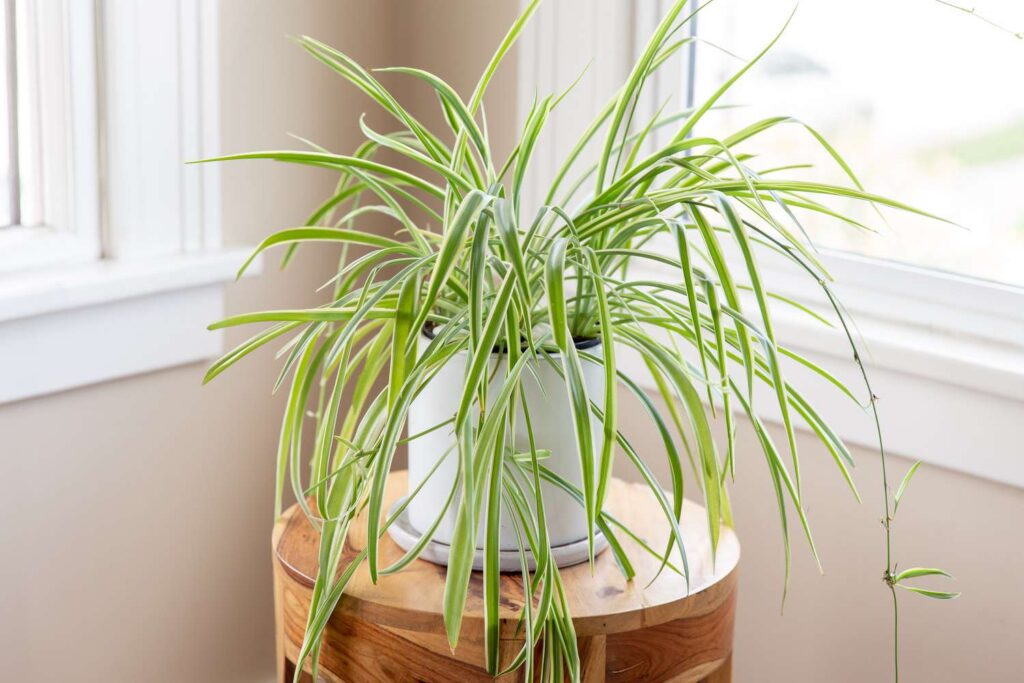Plants have many functions within the home. They are decorative, bring the outside in and they inject colour and natural beauty. But did you know that certain plants can also be used to reduce condensation on windows?
That’s right. If you struggle with condensation on your windows, you will know that it looks unsightly, with surfaces staying wet and cold to the touch. You might not realise that condensation on windows can cause dampness, mould, and mildew. If left unchecked, dampness and mould can cause damage to your windows, increase discomfort and trigger or exacerbate existing physical and mental health issues. Caused by high humidity and temperature changes, condensation is a common problem in UK homes.
So, why use indoor plants to stop moisture on windows?
- Certain plants are effective at reducing condensation on windows and other surfaces
- Plants offer a natural solution – there are no nasty chemicals involved
- They improve the aesthetic of the home
- Plants can also improve your mood and even your concentration
- Some evidence suggests indoor plants can help air quality
- In some cases, they can reduce blood pressure, fatigue and headaches
Not all plants will help with this problem. In this blog, we have outlined six of the best indoor plants to prevent window moisture.
What is condensation on Windows?
Condensation is water vapour that builds up on cold, hard, usually flat surfaces when warm air reaches them. As well as windows, it can occur on doors, walls, kitchen and bathroom tiles, cupboards and built-in wardrobes.
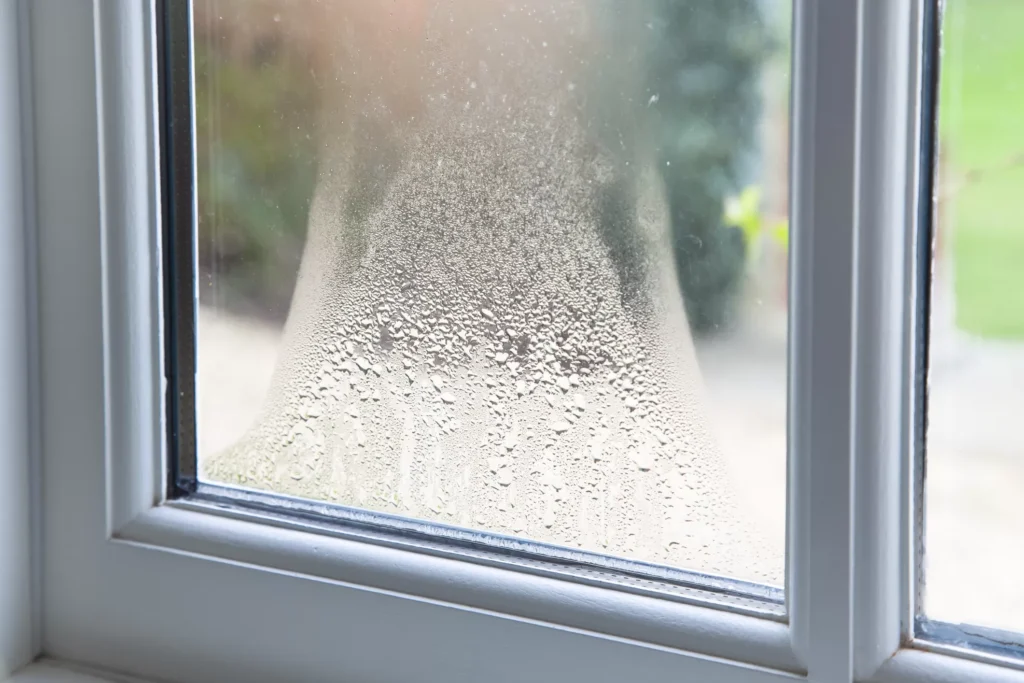
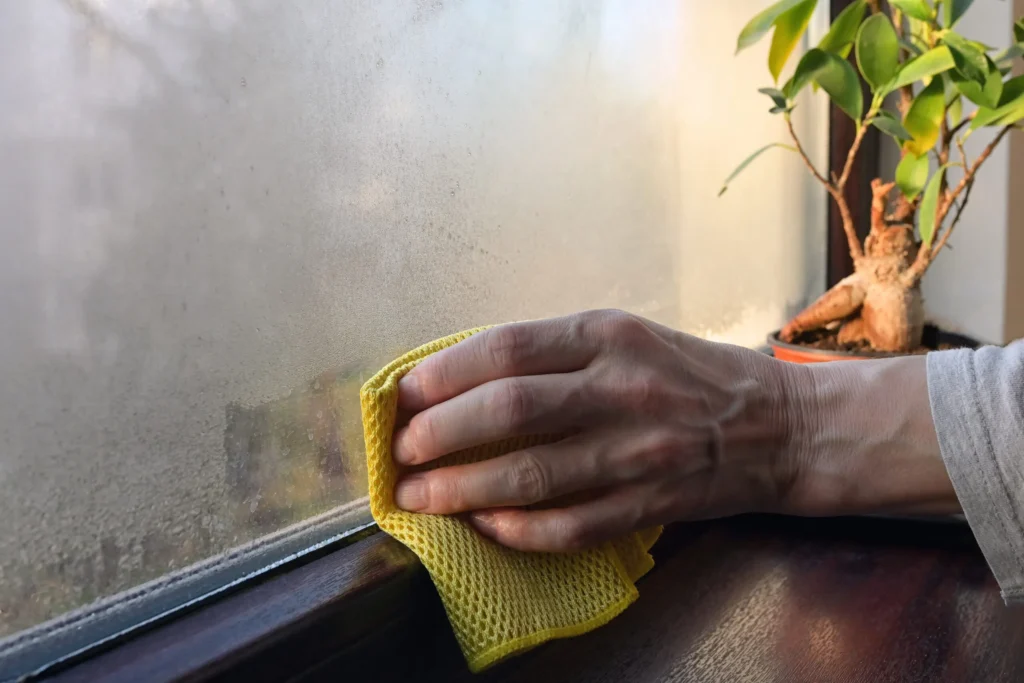
Can condensation be bad for your health?
Condensation itself is not detrimental to your health. However, it can cause conditions adverse to your physical and mental well-being, including:
- mould and Mildew Growth
- Allergies and Respiratory Problems
- Dampness and Dust Mites
- Structural Damage
- Worsening of Existing Health Conditions
Condensation inside windows and elsewhere can make the room damp and uncomfortable. This can, in turn, become mould and mildew, which, besides ruining decor, can cause or worsen health problems such as allergies and respiratory issues.
Breathing in dampness and mould can cause coughing, sneezing, respiratory infections and weaken your immune system. Someone with an existing health condition could be seriously affected by a worsening of their condition. It is particularly dangerous for the elderly and infants whose immune systems are not strong enough to fight infections.
Structural damage and dust mites may not directly affect your health, but they can cause stress and discomfort, making sleep difficult and reducing your overall quality of life.
Seasonal Considerations
You can do several things to help reduce or prevent condensation from forming, but not all are practical at certain times of the year.
Time of the Year | Autumn/Winter | Spring/Summer |
Level/Type of Condensation | Winter is the worst time for condensation. | Condensation may occur on the inside or outside of your windows in the Spring and Summer. |
Advice | Opening windows and curtains overnight is not feasible during the colder months. You may still be able to open windows when cooking or showering on milder days. In the UK, we often have to dry our clothes on radiators or clothes horses due to the weather, but the moisture from the clothes can exacerbate condensation. A tumbler dryer solves this issue but can be very expensive to run and requires space. Buying an inexpensive dehumidifier can stop the condensation from forming. Keeping your heating on constantly but on a low setting prevents frequent rises and falls in temperature, which can worsen condensation. However, you need to weigh up the costs. | For inside condensation: The first thing to do is open your windows and doors at least for a few hours a day. You should also try to dry your clothes outside if possible. For condensation on the outside of your windows, usually during early mornings in the summer: Don’t worry. This type of condensation is caused by the rapidly warming air making contact with the still-cold glass of the window. It will clear itself, so you don’t need to do anything. If you see condensation between the panes of your double or triple glazing, the seals are broken, and it is time to replace your windows. |
6 Best Indoor Plants to Reduce Humidity and Condensation
1. Aloe Vera (Aloe barbadensis miller):
- Known for absorbing moisture from the air
- Thrives in dry environments, making it a great option for combating humidity near windows
- Purifies the air
- Has well-known medicinal properties - use the gel for sunburn, cuts, and scrapes
- The leaves are quite spiky so keep out of reach of children
- Prefers dry soil so it can be easy to overwater
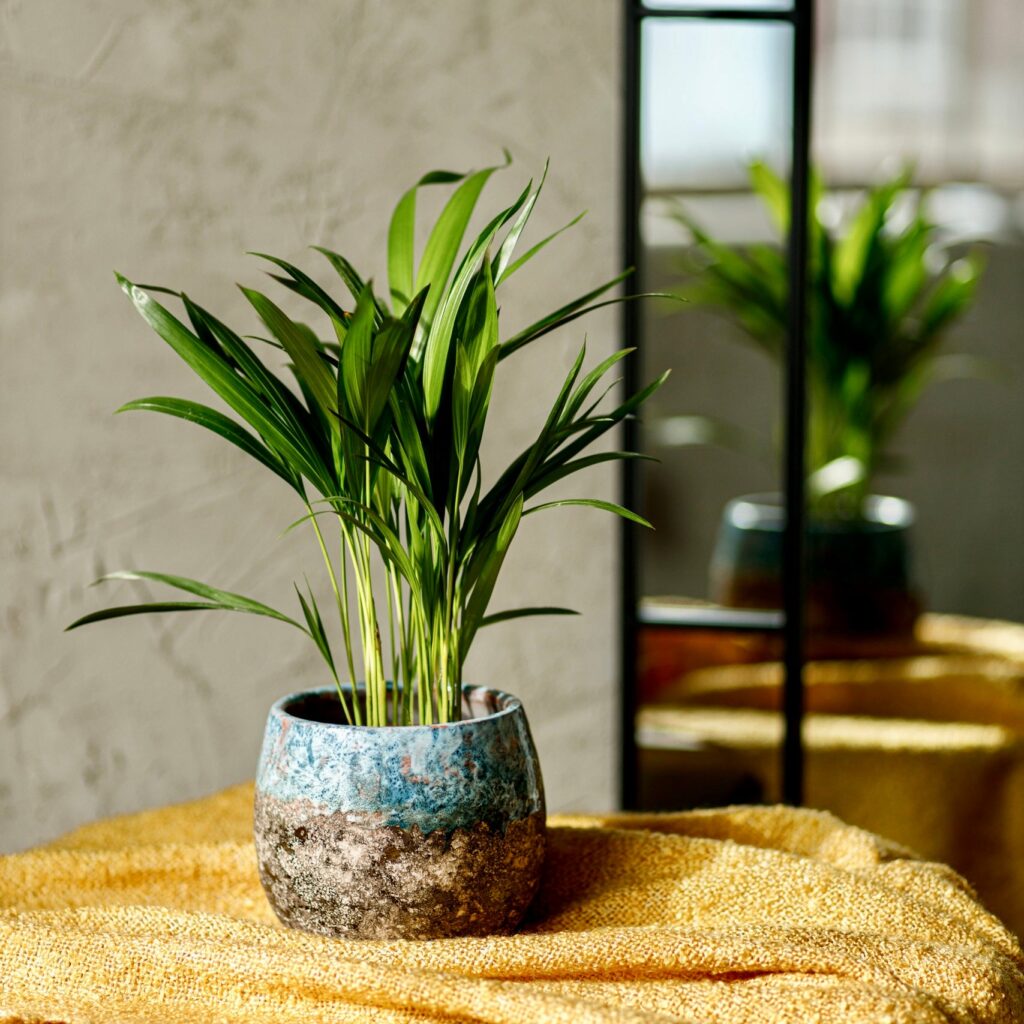
2. Areca Palm (Dypsis Lutescens):
- Known for its ability to regulate humidity levels
- Will grow best in a damp humid area
- Adds a tropical feel to indoor spaces and grows well in indirect sunlight
- Can grow quite large so you need a bit of room to accommodate one

3. Boston Fern (Nephrolepis exaltata):
- Efficient at removing moisture from the air
- Large and lush with feathery fronds, giving a tropical appearance
- Likes indirect or dappled light
- Can remove chemicals from the air such as xylene and toluene
- It is not certain whether it can prevent mould
- Requires regular misting
- Will turn yellow without enough moisture
- Prefers humid environments, making it a self-balancing choice
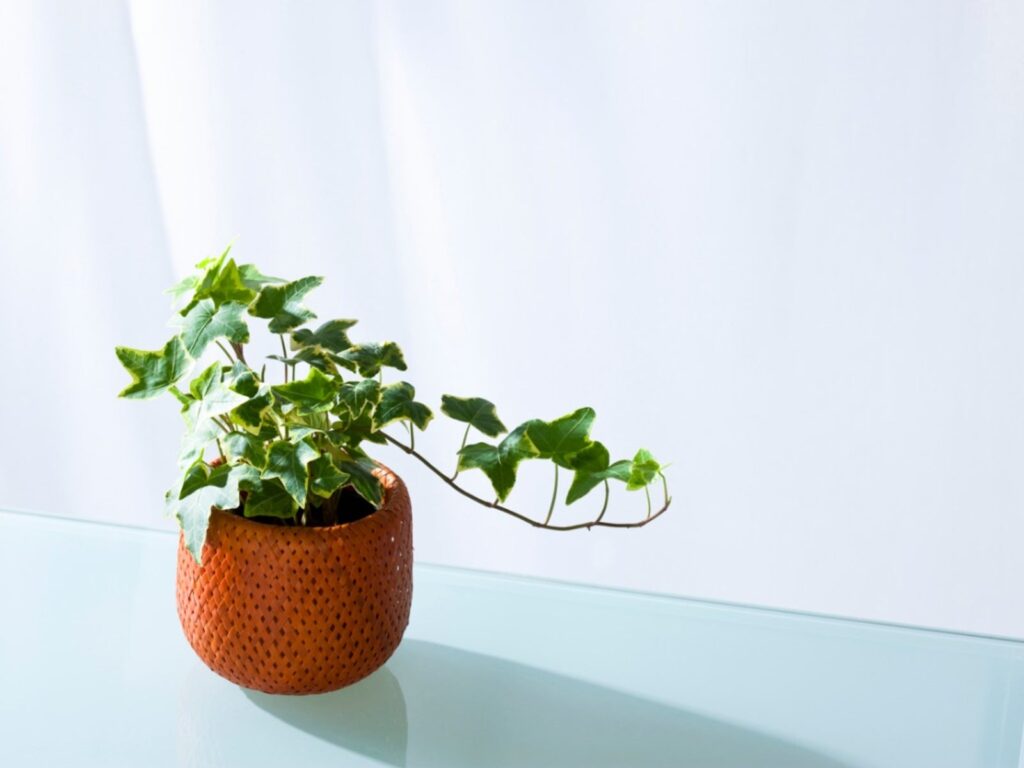
4. English Ivy (Hedera helix):
- Attractive rich green, nicely shaped leaves
- A natural dehumidifier that helps reduce airborne mould spores
- Easy to maintain, thrives in hanging baskets or small pots near windows
- Grows abundantly in dark, cold and damp
- You might need a few to make a significant impact
- Can be toxic to pets

5. Peace Lily (Spathiphyllum):
- Excellent at absorbing moisture and mould spores to stop them from spreading
- Fantastic for purifying the air
- Produce pretty white flowers
- Thrives in low-light conditions or fluorescent lights and requires minimal watering
- Toxic to pets so keep them out of reach of animals and children
6. Spider Plant (Chlorophytum):
- Help to purify the air
- Great at absorbing humidity
- Adaptable to different environments
- Easy to grow and maintain
- You can grow multiple small plants from one and place them around your home
- None we can think of. They are one of the best houseplants around for multiple reasons and uses.
Bonus Plants
Rubber Plant (Ficus Elastica):
Hardy and low-maintenance. Absorbs moisture and releases oxygen, contributing to a balanced indoor atmosphere.
Snake Plant (Mother-in-law’s tongue):
Durable and low maintenance. Absorbs moisture at night, produces oxygen, and removes harmful chemicals from the air.
Orchids
Decorative and benefit from high humidity levels but need bright indirect light.
Lucky bamboo
Not bamboo despite its name and appearance. Loves warm spaces and can reduce ambient humidity. Can grow in soil or water.
Tips for Maximising Effectiveness
Here are a few tips to maximise the performance of your plants to reduce condensation and use them to their best advantage.
- Place the plants near windows or damp-prone areas for optimal moisture absorption.
- Avoid overwatering – excess water can contribute to higher indoor humidity.
- Combine plants for aesthetic appeal and improved moisture reduction.
- Consider using a plant stand to elevate plants closer to condensation-prone windows.
- Check plants regularly for any pests that may want to munch on them!
- Keep your windows clean to properly monitor condensation and plants’ effectiveness.
Maintenance and Cleaning
Cleaning your windows is not just important for aesthetics. It helps you determine if everything is working as it should be.
It’s important to ensure that there are no cracks in the glass or damage to the frame, which would prevent them from optimal performance. Any damage to the glass, frame, or seals can cause draughts and condensation, as well as being a security risk.
Cleaning also removes any condensation that has formed, preventing it from causing mould, mildew or dampness in other areas of the home.
Conclusion
Remember to check that you have the correct plant in the right location for the best chance at naturally reducing condensation.
If you have followed our tips and condensation persists on the inside of your windows, you may need to consider upgrading.
Manchester Window Factory offer a stunning range of casement and sliding sash window solutions designed to improve energy efficiency and enhance your home.
FAQs
Yes, wiping away condensation with a soft microfibre cloth is the first action you should take. Leaving condensation on surfaces can cause mould and mildew to form.
If you have had a condensation problem for a while, you may already have mould and/or mildew. It’s important to get rid of it quickly to prevent health issues.
Fortunately, many online guides take you through the process step by step, depending on the surface you are trying to eradicate mould. Many inexpensive spray and gel cleaners are available. If you prefer a natural option, vinegar and hydrogen peroxide can move some mould if the problem is not severe.
Increasing ventilation in your home is the fastest way to reduce humidity and prevent condensation from forming. This may be as simple as opening your windows and doors when home (weather permitting). In high-humidity rooms, such as the kitchen and bathroom, extractor fans can be an effective solution.
Air vents in the internal or external walls are another long-term solution but can be pricey and disruptive.
Installing double-glazed windows with built-in ventilation vents, such as our casement windows, can help reduce condensation.
You can reduce humidity by adding weather stripping to your windows and doors.
Weatherstripping is strips of material that are stuck to your windows and doors to ensure the edges are sealed and no cold air can get in. It may be made of felt, rubber tubing, or foam tape.
It is easy to apply, readily available and relatively cheap. You can add it to any window or door, but you can also conduct tests to see if and where it is needed. Tests include waiting for pitch black and shining a torch around the closed window or door seals to locate gaps. You can also try using a £5 note, smoke, or room-temperature water to locate gaps or cold spots.
You can also buy specialist weatherstripping for the bottom of your doors (door sweep) and around your power outlets and light switches.
Yes, certain plants, such as those listed in this article, can absorb excess moisture in the air, which helps reduce the chances of mould growth caused by condensation.
Placing plants near windows, in bathrooms or other damp-prone areas, such as small kitchens, maximises their ability to absorb moisture.
